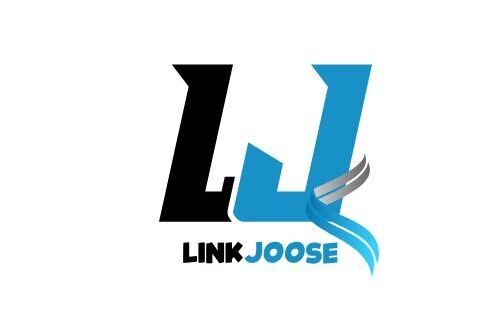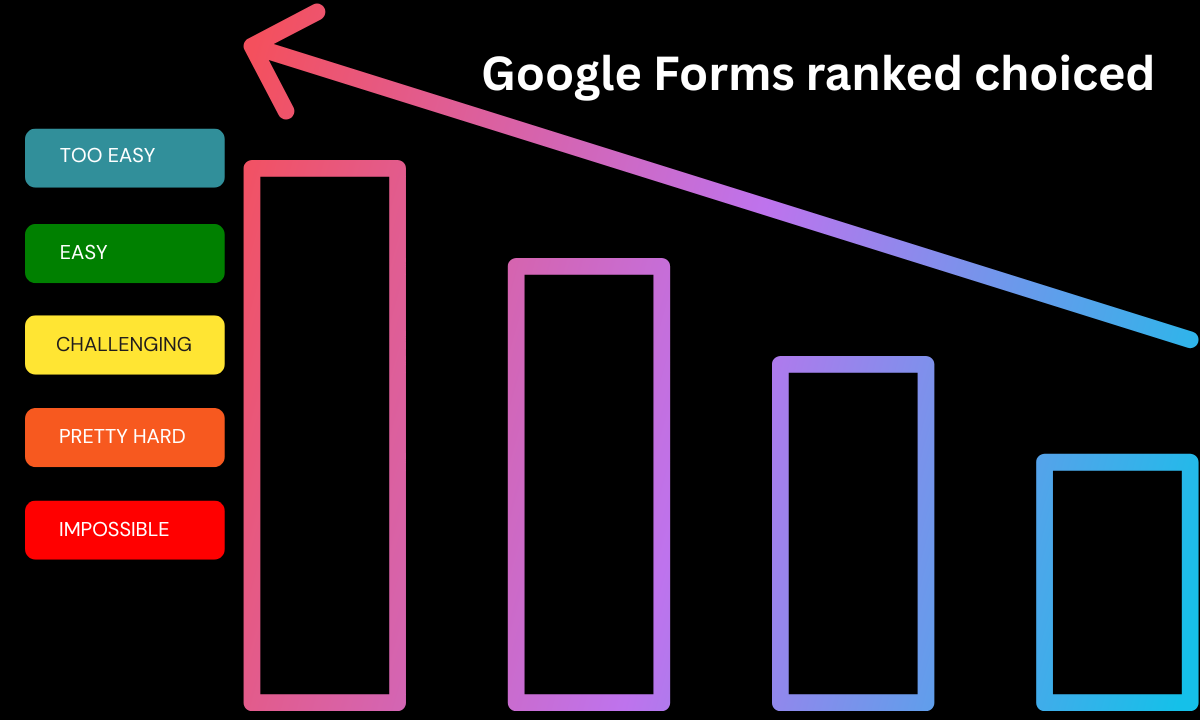Introduction
Montage Technology Competing with Astera
The semiconductor industry has long been a battleground for technological supremacy, with companies constantly striving to outperform each other in speed, efficiency, and innovation. Among the most notable competitors in the domain of memory interface solutions, high-speed connectivity, and data center optimization are Montage Technology competing with Astera Labs. These two companies, while operating in slightly different niches, are now finding themselves in direct competition due to the growing overlap between memory and connectivity solutions required for AI, cloud computing, and high-performance computing (HPC) applications.
As the demand for low-latency, high-bandwidth, and scalable computing infrastructures grows, the competition between Montage Technology competing with Astera is intensifying. This article provides an extensive examination of the technologies, strategies, and market positions of these two semiconductor powerhouses. We will also analyze their research and development efforts, industry collaborations, and potential future growth areas, offering a comprehensive look at how Montage Technology and Astera Labs are shaping the next-generation semiconductor landscape.
Who are montage technology competitors?
Company Background
Founded as a specialist in memory interface solutions, Montage Technology has expanded its influence in the semiconductor industry, focusing on DDR memory interface chips, server memory buffers, and high-speed data transfer solutions. The company has made a name for itself by delivering cost-effective solutions tailored for cloud computing, AI workloads, and enterprise data centers.
Montage Technology is particularly well-known for its advancements in DDR4 and DDR5 memory buffer chips, which are crucial for optimizing memory bandwidth and improving the efficiency of large-scale computing environments. By concentrating on data center memory solutions, Montage has gained a strong foothold in the global semiconductor industry, particularly in Asia.
Key Strengths of Montage Technology:
- Leadership in DDR Memory Solutions: Montage Technology competing with Astera is a leading provider of DDR4 and DDR5 memory interface chips, ensuring seamless compatibility with modern computing architectures.
- High-Performance Data Center Optimization: The company designs chips that significantly enhance server performance and memory efficiency, crucial for cloud computing and enterprise storage solutions.
- Cost-Effective Offerings: Montage Technology’s solutions strike a balance between affordability and high performance, making them attractive to data center operators and original equipment manufacturers (OEMs).
- Strong Market Presence in Asia: With a robust presence in China and other Asian markets, Montage benefits from governmental support and strategic collaborations with local enterprises.
- Scalability & Longevity: The company focuses on long-term reliability, ensuring that its memory solutions can scale efficiently with future server architectures and AI-driven workloads.
- Advanced AI & Machine Learning Integration: Montage’s innovations are increasingly being tailored for artificial intelligence and machine learning applications, ensuring optimized data transfer and processing speeds.
Overview of Astera Labs
Company Background
Astera Labs is a semiconductor company specializing in high-speed connectivity solutions for cloud computing, AI acceleration, and next-generation computing infrastructures. The company has positioned itself as a leader in PCIe (Peripheral Component Interconnect Express) and CXL (Compute Express Link) technologies, providing seamless, low-latency interconnect solutions for data center and enterprise computing environments.
Astera Labs is focused on bridging the gap between processors, accelerators, and memory subsystems, optimizing data transfer rates, and ensuring minimal latency across computing architectures. The company’s focus on hyperscale data centers and AI-driven workloads has made it a key competitor in the semiconductor industry, especially as the demand for ultra-fast data movement grows.
Key Strengths of Astera Labs:
- Pioneering PCIe & CXL Technologies: Astera is at the forefront of developing next-generation connectivity solutions, allowing processors, accelerators, and memory subsystems to communicate seamlessly.
- Optimized for AI & Machine Learning Workloads: The company’s interconnect solutions are built specifically for AI-driven applications, making them ideal for high-performance computing environments.
- Industry Collaborations with Tech Giants: Astera Labs partners with major industry leaders, including Intel, AMD, and NVIDIA, ensuring that its technologies are optimized for cutting-edge computing architectures.
- Superior Energy Efficiency: The company’s chips are designed to minimize power consumption, helping data centers reduce operational costs while maximizing performance.
- Data Security & Protection: Astera integrates advanced security mechanisms into its connectivity solutions, ensuring that data remains protected against cyber threats and unauthorized access.
- Adaptability to Hyperscale Computing: With hyperscale cloud providers demanding higher bandwidth and lower latency, Astera’s solutions are designed to enhance the efficiency and scalability of massive data centers.
Head-to-Head Comparison: Montage Technology vs. Astera Labs
While Montage Technology competing with Astera Labs have traditionally focused on different areas of the semiconductor industry, their competition is becoming more apparent as cloud computing, AI workloads, and next-generation memory architectures demand tighter integration between memory and high-speed connectivity.
1. Market Focus & Target Audience
- Montage Technology primarily focuses on memory interface chips and DDR memory solutions, targeting enterprises requiring cost-effective and reliable server memory products.
- Astera Labs specializes in high-speed interconnect solutions optimized for hyperscale cloud computing, AI acceleration, and HPC environments.
2. Key Technologies & Innovation
- Montage Technology competing with Astera a leader in DDR memory interface innovations, helping enterprises optimize memory bandwidth and efficiency.
- Astera Labs leads in PCIe and CXL technologies, allowing for ultra-fast data transfer across AI workloads and data centers.
3. Performance vs. Cost-Effectiveness
- Montage Technology competing with Astera provides affordable, high-performance memory interface chips, making its solutions accessible to a wide range of enterprise applications.
- Astera Labs prioritizes high-speed interconnects, ensuring low-latency, high-bandwidth connectivity, but at a potentially higher cost for premium performance.
4. Industry Partnerships & Influence
- Montage Technology competing With Astera collaborates with global semiconductor manufacturers and has a strong presence in Asian markets.
- Astera Labs has secured strategic partnerships with Intel, AMD, and NVIDIA, positioning itself as a key player in AI-driven computing architectures.
5. Future Growth and Scalability
- Montage Technology Competing with Astera is poised for growth in the DDR5 and AI memory sectors, ensuring future compatibility with evolving cloud computing architectures.
- Astera Labs is expanding its PCIe and CXL portfolio, focusing on next-generation connectivity solutions for AI and machine learning-driven applications.
The Future of Semiconductor Competition
The growing demands of AI workloads, cloud computing, and high-performance data processing mean that both Montage Technology Competing with Astera will need to continuously evolve their product offerings to remain competitive. The next few years will be critical for both companies as they seek to capitalize on emerging trends such as AI-driven computing, hyperscale data center expansion, and next-generation memory solutions.
As computing infrastructures become more integrated, the lines between memory and high-speed connectivity solutions are blurring, bringing Montage Technology Competing with Astera Labs into closer competition. Their ability to innovate, secure industry partnerships, and optimize their semiconductor solutions will determine who gains the upper hand in the race to dominate next-generation computing architectures.
The battle between Montage Technology Competing with Astera Labs is far from over, and as technology continues to evolve, both companies will play pivotal roles in shaping the semiconductor industry’s future.
Conclusion: The Ongoing Battle Between Montage Technology with Astera
The competition between Montage Technology Competing with Astera reflects a broader struggle within the semiconductor industry, where innovation, performance, and market positioning dictate long-term success. Both companies have carved out unique niches in the semiconductor landscape, yet their paths are increasingly converging due to evolving technology trends, heightened demand for high-speed connectivity, and the ever-growing need for advanced memory solutions in AI-driven workloads.
Montage Technology Competing with Astera has built its reputation on cost-effective, high-performance DDR memory interface solutions, making it a dominant force in the server and data center industries. Its expertise in memory buffer chips, DDR4 and DDR5 technology, and scalable enterprise memory solutions gives it a competitive edge in environments where efficient data processing and cost management are top priorities. The company’s deep integration into Asian semiconductor markets, along with its strategic partnerships, further solidifies its ability to sustain growth and remain a key player in the industry.
On the other hand, Astera Labs has positioned itself as a leader in high-speed interconnect solutions, specifically in PCIe and CXL technologies. These technologies play an increasingly vital role in modern hyperscale computing, artificial intelligence, and machine learning acceleration. By focusing on high-speed, low-latency data transfer solutions, Astera Labs has aligned itself with the needs of next-generation computing infrastructures, making it a preferred partner for tech giants like Intel, AMD, and NVIDIA. Its strong emphasis on power efficiency, security, and AI-driven workload optimization ensures that it remains a formidable competitor in the data connectivity domain.
The growing overlap between memory interface solutions and high-speed interconnect technology suggests that these two companies will continue to compete in increasingly overlapping sectors. As cloud computing expands, and AI applications become more complex, the need for seamless data movement between processors, accelerators, and memory modules will become one of the defining challenges in computing. In this environment, both Montage Technology Competing with Astera Labs must push the boundaries of innovation to stay ahead.
Montage’s strength in DDR and buffer chip solutions will likely continue to attract enterprises and cloud data centers that require cost-effective, high-reliability memory performance. Meanwhile, Astera’s cutting-edge interconnect technology will remain a critical component in the AI, ML, and HPC industries, where ultra-low latency and high bandwidth are non-negotiable requirements. As CXL technology evolves, it will be interesting to see whether Montage Technology competing with Astera expands its focus beyond memory interfaces to compete directly with Astera in the high-speed interconnect market.
Additionally, the broader semiconductor industry is undergoing geopolitical shifts, supply chain challenges, and technological disruptions, all of which could reshape the trajectory of both companies. Government policies, regional market fluctuations, and advancements in quantum computing, neuromorphic processors, and next-generation AI chips may introduce unforeseen challenges and opportunities for both firms.
Ultimately, the battle between Montage Technology Competing with Astera is far from over. Their ongoing investments in research & development, strategic alliances, and cutting-edge semiconductor technologies will shape the future of cloud computing, AI infrastructure, and next-generation data centers. The competition between these two companies will likely intensify as emerging technologies blur the lines between memory, processing, and high-speed data movement.
The question is not whether Montage Technology or Astera Labs will dominate the market, but how each company will evolve to meet the demands of the rapidly changing semiconductor landscape. In a world where data-driven applications, AI acceleration, and hyperscale computing continue to push technological limits, both companies must continuously reinvent their product offerings to remain competitive.As the industry moves forward, one thing is certain: the rivalry between Montage Technology and Astera Labs is a testament to the dynamic nature of semiconductor innovation. Their competition will not only shape the future of high-performance computing and AI infrastructure but will also drive the next wave of technological breakthroughs that redefine the limits of modern computing.












